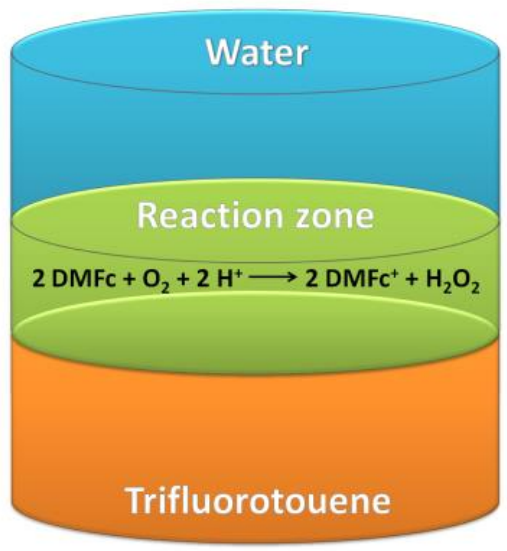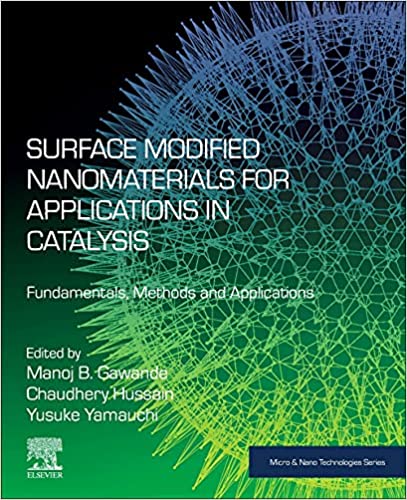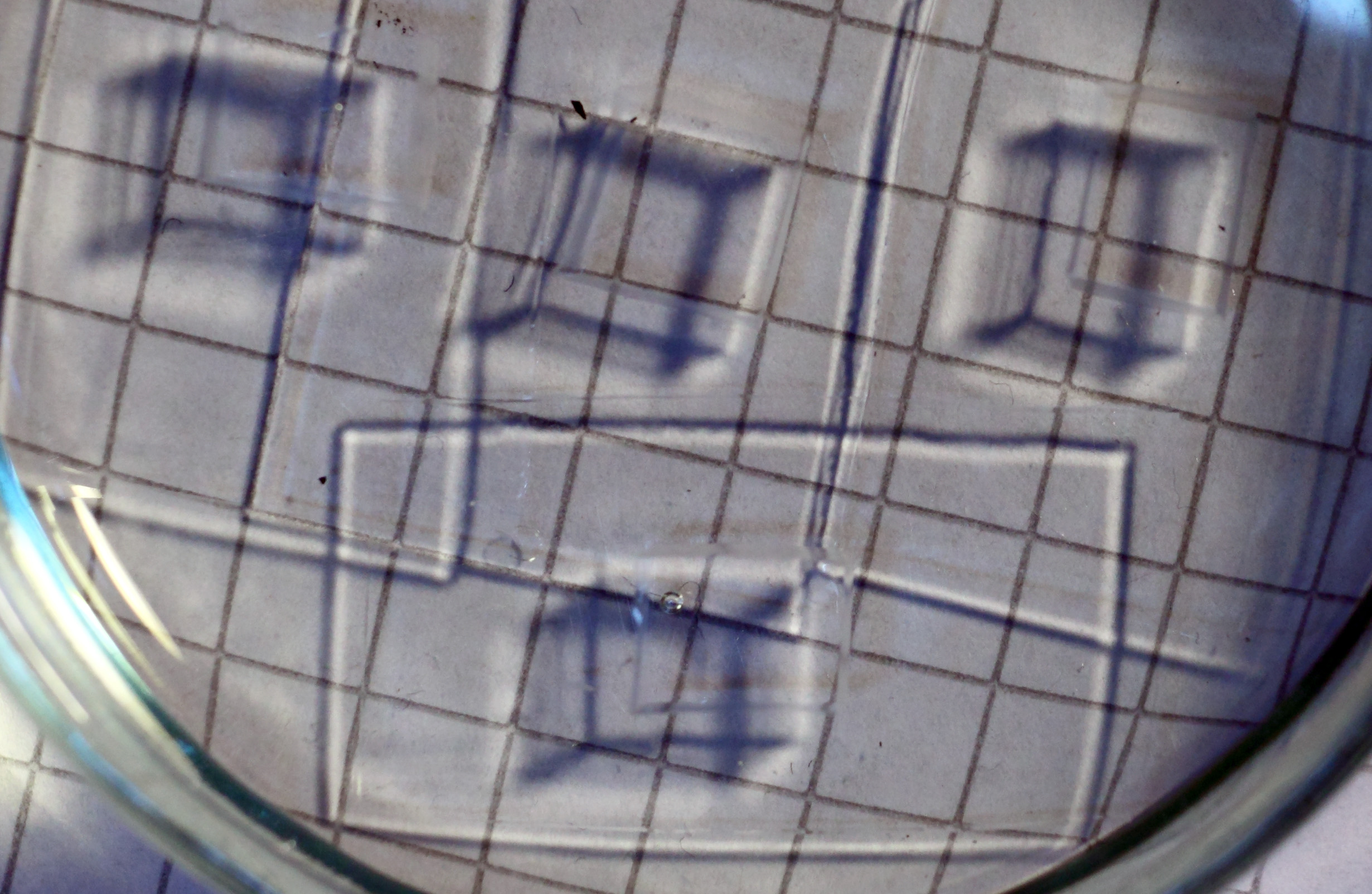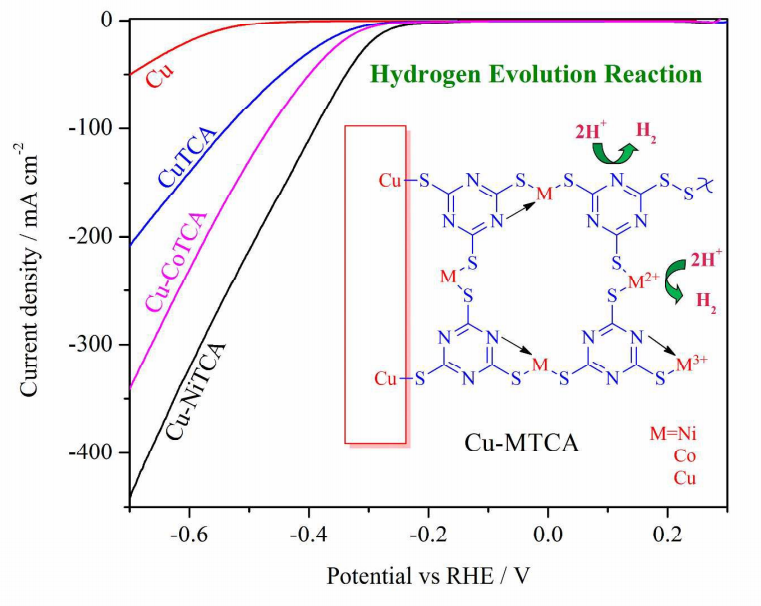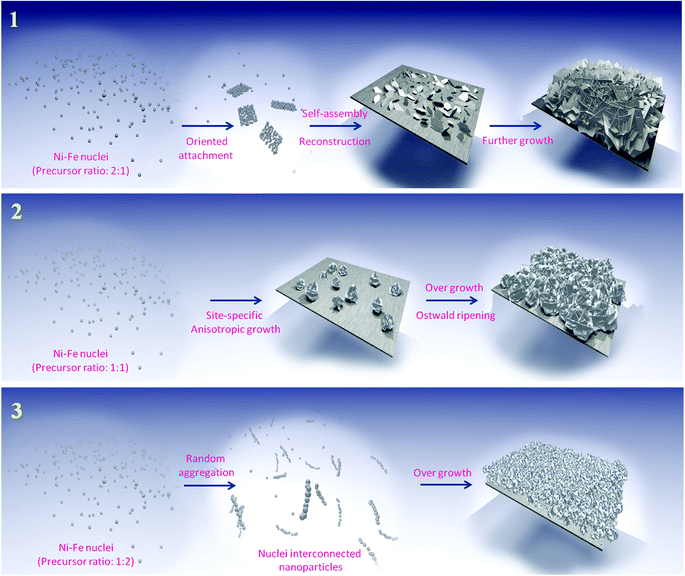
A paper with Martin as one of the corresponding authors was just published in Nanoscale describing the formation of a new electrode material of nickel-iron nanosheets on a carbon paper. The material is made by hydrothermal decomposition of FeCl2 and of Ni(NO3)2 in an autoclave vessel. Depending on the ratio of the precursors different structures can be obtained – hierarchical nanosheets, hierarchical nanospheres, or porous nanospheres. The nanosheets are mesoporous and highly interconnected, so they work very well as electrodes for electrochemistry. To demonstrate how the new material works we showed that it can be used as a quite sensitive glucose sensor. Maybe this is not the sexiest application in the world, everyone and his dog is making glucose sensors nowadays, but the formation of NiOOH in alkaline solution promotes glucose oxidation according to
Ni(OH)2 + OH− ↔ NiOOH + H2O + e−
NiOOH + glucose → Ni(OH)2 + glucolactone.
The paper is mostly the work of Kannan who put considerable effort into the analysis of the growth. Very well done, Kannan, and congratulations.
PS Martin does not agree to Kannan’s choice of colours for the the graphical abstract figure. The pink horror was not in the original.

